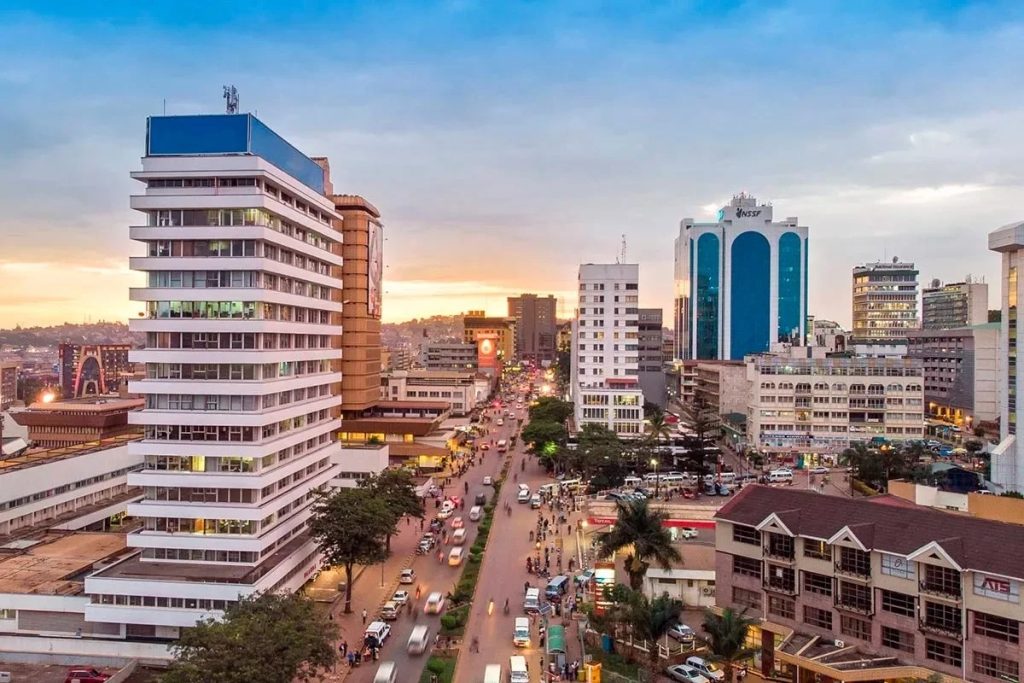The 2024 National Population and Housing Census Sub-Regional Profiles released by the Uganda Bureau of Statistics (UBOS) offer a comprehensive look at the demographic and socio-economic landscape of Kampala Capital City. The data highlights significant population growth, evolving household dynamics, and shifting age structures that reflect broader urban development trends in Uganda’s capital.
Population Growth and Distribution
According to the census, Kampala’s population has grown from 1,507,080 in 2014 to 1,797,722 in 2024—an increase of nearly 300,000 people in just a decade. This growth is driven by rural-to-urban migration, natural population increase, and Kampala’s rising status as an economic and administrative hub.
Of the total population:
1,509,750 reside in households
287,972 belong to the non-household population (including institutional, transient, and homeless groups)
Division-Wise Population Insights
Kampala is divided into five administrative divisions, with Makindye Division emerging as the most populous, hosting 486,762 residents. Kampala Central Division is the least populated, with only 81,658 people. These numbers reflect the concentration of residential neighborhoods and expanding urban zones in peripheral divisions.
Working-Age and Age Group Demographics
A critical component of the new data is the size of the working-age population:
1,053,445 persons aged 15+ years (international definition)
1,057,006 persons aged 14–64 years (national definition)
This demographic makes up a majority of Kampala’s population and plays a central role in the city’s productivity and labor force participation. Meanwhile, older persons (aged 60+) fall within this adult group, although specific figures are expected in more detailed age breakdowns from UBOS.
Other key age group data includes:
Children (0–17 years): 673,957
Adults (18+ years): 1,123,765
The high proportion of youth signals the need for investment in education, health, and employment programs to accommodate this fast-growing demographic.
Household Data by Division
The 2024 census also disaggregates household data, revealing both numbers and living patterns:
Nakawa Division:
Households: 134,015
Population: 386,536
Average household size: 2.9
Rubaga Division:
Households: 113,516
Population: 327,998
Average household size: 2.9
The uniform average household size across divisions indicates a trend toward smaller family units—consistent with modern urban living patterns.
Rubaga is characterized by a blend of traditional settlements and newer residential developments, while Nakawa continues to be a hotspot for rapid urbanization, infrastructure expansion, and private real estate growth.
Implications for Policy and Planning
This data provides essential input for evidence-based planning, particularly in areas like housing, sanitation, education, transport, and healthcare. With a working-age population surpassing one million, Kampala faces both the opportunity and the challenge of harnessing this demographic dividend while mitigating pressures on public infrastructure.
As Uganda continues its journey toward middle-income status, accurate and localized statistics like these remain crucial in shaping inclusive, responsive, and sustainable urban development policies.
